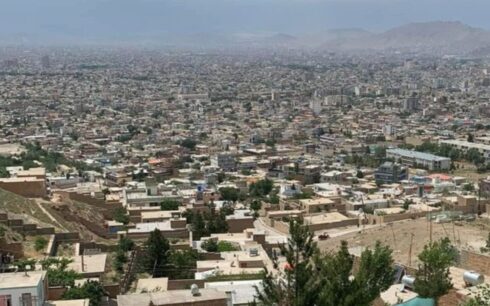A United Nations quarterly report has revealed that Taliban-run “jihadi madrassas” accommodate as many as 1,000 students at a time, underlining their central role in the Taliban’s religious education system.
The report notes that these schools, which the Taliban regard as elite institutions of Islamic instruction, often serve as venues for speeches by high-ranking members of the Taliban authorities.
According to the report, a letter dated June 29 from the Taliban-run Ministry of Education ordered all jihadi madrassas to suspend new enrollments until further notice.
“No explanation for this suspension was provided,” the UN states, adding that these madrassas play a significant role in the Taliban’s broader strategy of religious indoctrination.
The report also highlights recent developments in the Taliban’s educational landscape.
Between May 16 and August 8, nine new Taliban-run madrassas were opened across eight provinces, three of which are exclusively for women, the report says.
According to the report, during this period, 366 male and 413 female religious scholars graduated from these madrassas.
The report notes that “precise information on the number of girls over the age of 12 years studying in these institutions, or the curriculum covered, remains unavailable.” This lack of data, the UN says, is due to the decentralized and non-standardized nature of these schools, as well as the Taliban’s reluctance to provide detailed information.
The UN’s findings underscore broader concerns about girls’ access to education under Taliban rule. Since taking control of Afghanistan in 2021, the Taliban has severely restricted educational opportunities for girls over 12.
The report suggests that while madrassas have become a focal point for religious instruction, “there remains limited transparency about the quality or content of the education being offered,” particularly for girls.





